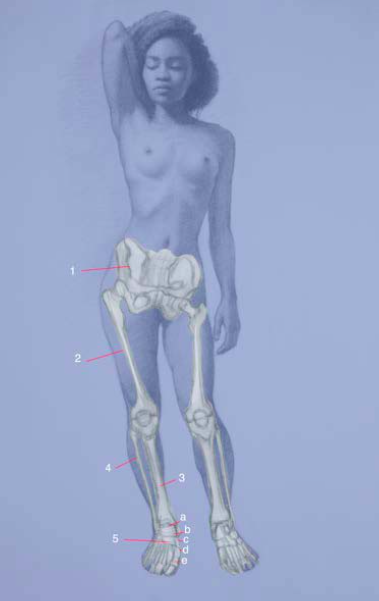Figurative Artist Handbook: Modeling the Form – Part Two

[vc_row][vc_column][vc_column_text]Drawing New York is thrilled to partner with artist Rob Zeller, author of The Figurative Artist’s Handbook to offer our members a ‘serialized digest’ of his extremely popular and beautiful book. Each week we will bring you new topics and techniques relating to figure drawing so check back often.[/vc_column_text][thb_gap height=”22″][vc_text_separator title=”Blocking In With Anatomy, Light, and Shadow” color=”sandy_brown”][/vc_column][/vc_row][vc_row][vc_column width=”2/3″][thb_gap height=”22″][vc_column_text]PLANAR CONCEPTIONS

RIGHT: Light on form cannot be properly rendered without first understanding the surface planes that make up the largest masses of the figure.
[/vc_column_text][thb_gap height=”22″][vc_btn title=”Click Here to Order The Figurative Artist’s Handbook” style=”classic” color=”sandy-brown” align=”center” button_block=”true” link=”url:https%3A%2F%2Famzn.to%2F2LbVjPN||target:%20_blank|”][vc_column_text]Essential Bones and Musculature

1. pelvis
2. femur
3. tibia
4. fibula
5. various foot bones: a. talus, b. cuneiform,
c. metatarsal, d. proximal phalanx, e. distal phalanx

1. tensor fascia latae
2. sartorius
3. pectineus
4. adductor magnus
5. gracilis
6. rectus femoris
7. vastus lateralis
8. vastus medialis
9. tibialis anterior
10. gastrocnemius
11. extensor digitorum longus
12. fibularis

1. skull
2. ulna
3. radius
4. humerus
5. scapula
6. thorax (rib cage)
7. spinal cord (vertebrae)

1. extensor carpi ulnaris
2. flexor carpi ulnaris
3. biceps
4. triceps
5. flexor digitorum superficialis
6. deltoids
7. latissimus dorsi
8. pectoralis
9. serratus
10. external oblique
11. abdominals
[/vc_column_text][thb_gap height=”22″][/vc_column][vc_column width=”1/3″][thb_gap height=”22″][vc_widget_sidebar sidebar_id=”home_1″][thb_gap height=”22″][vc_column_text]Top Left: This workshop demonstration drawing by Steven Assael shows the early stages of his process. Note the areas where the planar conception will (ultimately) evolve into anatomical and surface morphology.[/vc_column_text][/vc_column][/vc_row][vc_row][vc_column][vc_column_text][ultimate_author_box user_id=”139″ template=’uab-template-12′][/vc_column_text][thb_gap height=”10″][/vc_column][/vc_row]


Responses